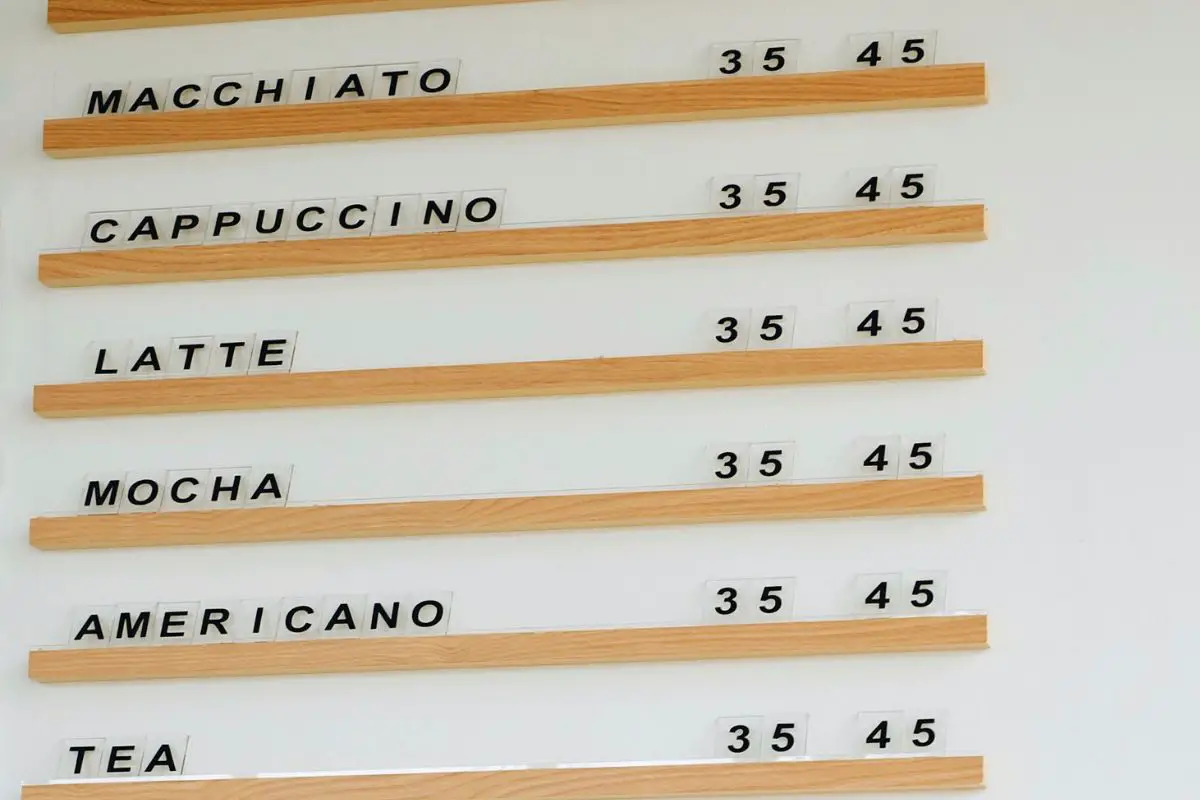Table of Contents
Are you a coffee lover like me? If so, you’re probably always on the lookout for a good deal on your favorite brew. But have you ever wondered what factors go into determining the average price of coffee? Well, wonder no more, my fellow caffeine addicts! I’ve done the research so you don’t have to, and I’m here to share all the juicy details with you.
*This post may contain affiliate links. As an Amazon Associate we earn from qualifying purchases.
I. Introduction
First things first, let’s talk about what exactly we mean by “average price of coffee.” This can vary depending on a number of factors, including the type of coffee, the region it’s grown in, and even the time of year. But don’t worry, we’ll get into all of that later. For now, just know that when we talk about average coffee prices, we’re talking about the cost of a pound of green (unroasted) coffee beans.
Now, why is this important? Well, as any true coffee lover knows, a good cup of joe can make or break your day. And if you’re like me, you probably don’t want to break the bank just to get your caffeine fix. So, understanding the factors that affect coffee prices can help us make more informed decisions about where to buy our beans and what types to buy.
II. Factors that affect coffee prices
So, what exactly goes into determining the average price of coffee? Well, there are a few key factors that come into play.
Weather and crop conditions are a big one. Just like any agricultural product, coffee is subject to the whims of Mother Nature. Droughts, storms, and other extreme weather events can all have a major impact on the size and quality of the coffee crop. And when supply is low, prices tend to go up. So, if you’re seeing higher coffee prices, it could be because of a particularly tough growing season.
Supply and demand is another major factor. If there’s a lot of coffee being grown but not a lot of people buying it, prices will go down. But if demand is high and supplies are limited, prices will go up. It’s just basic economics.
Production costs also play a role. Coffee is a labor-intensive crop to grow, and the cost of labor in different regions can vary widely. So, coffee grown in a region with high labor costs will generally be more expensive than coffee grown in a region with lower labor costs.
Trade policies and tariffs are also an important factor. Coffee is a global commodity, and tariffs and trade policies can greatly impact the price of coffee beans.
III. Average coffee prices by region
Now that we know some of the factors that affect coffee prices, let’s take a look at how prices vary by region.
In North America, coffee prices tend to be on the higher side. This is partly due to the fact that most coffee consumed in North America is specialty coffee, which is generally more expensive than commodity coffee.
Europe also has relatively high coffee prices. This is likely due to the fact that Europe is a major importer of coffee, and tariffs and import costs can drive up the price.
South America, on the other hand, is one of the major coffee-producing regions in the world, so coffee prices tend to be lower there.
In Asia, coffee prices vary widely depending on the country. For example, coffee prices in Vietnam, one of the major coffee-producing countries are relatively low, while in Japan, where coffee is not widely produced, prices are relatively high.
In Africa, coffee prices also vary widely. However, Africa is not a major coffee-producing region, so prices tend to be higher
Now, let’s talk about how coffee prices vary depending on the type of coffee.
Arabica and Robusta are the two main types of coffee beans. Arabica beans are generally considered to be of higher quality and are used in most specialty coffees. Robusta beans are generally considered to be of lower quality and are used primarily in instant coffees and lower-end blends. Arabica beans are generally more expensive than Robusta beans.
Specialty coffee is another type of coffee that is generally more expensive than commodity coffee. Specialty coffee is coffee that is grown in specific regions, under specific conditions, and is of a very high quality. Commodity coffee, on the other hand, is coffee that is grown on a large scale and is of a lower quality.
Organic coffee is another type of coffee that is generally more expensive than conventional coffee. Organic coffee is grown without the use of pesticides and other chemicals, which can drive up the cost of production.
V. Historical trends in coffee prices
Now that we’ve looked at some of the factors that affect coffee prices and how prices vary by region and type of coffee, let’s take a look at how coffee prices have changed over time.
Historically, coffee prices have been quite volatile. In the past, coffee prices have fluctuated greatly in response to changes in supply and demand, as well as other factors such as economic recessions and political changes.
VI. Conclusion
In conclusion, coffee prices are affected by a variety of factors, including weather and crop conditions, supply and demand, production costs, trade policies and tariffs, region, and type of coffee. Understanding these factors can help us make more informed decisions about where to buy our beans and what types to buy. Remember, as coffee lovers, we don’t have to break the bank for a good cup of joe, just make sure to be informed. Thanks for reading and happy caffeine hunting!

